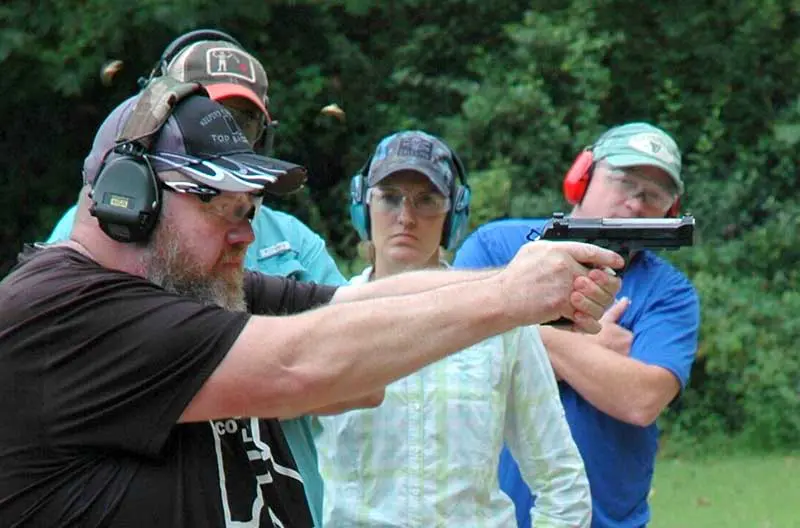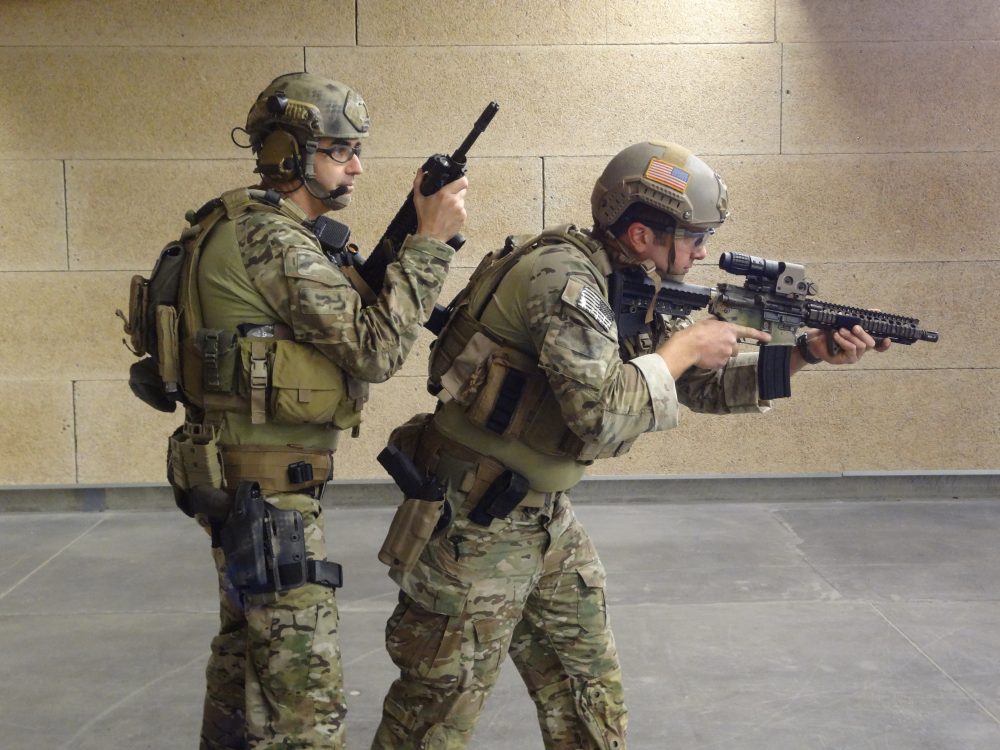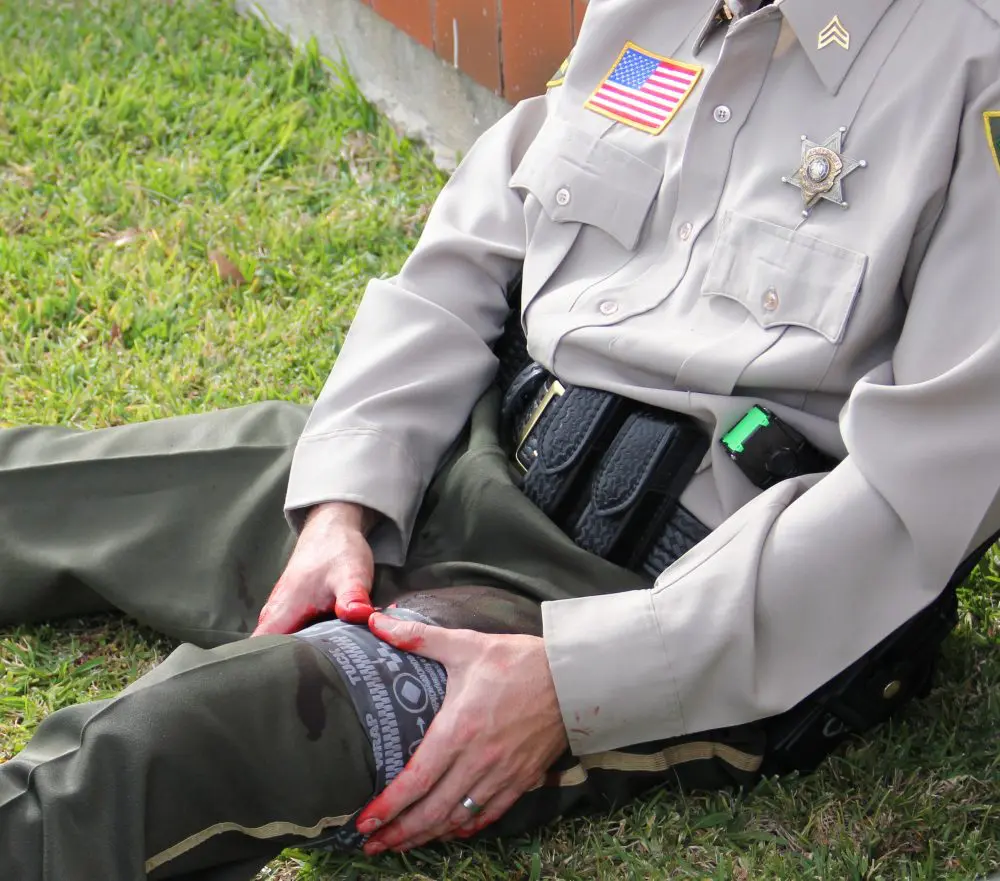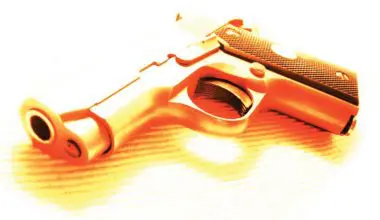Cops generally wear ballistic helmets only when assigned to tactical teams, but patrol may also wear them during certain critical incidents.
For the military, the vast majority use the Advanced Combat Helmet (ACH). The exceptions are the big Marine Corps and Navy, which use the socalled “Lightweight Helmet.” Certain units/people within both of those organizations also use MICH/ACH or Ops-Core FAST Ballistic Helmets or Crye AirFrame helmets. The Air Force may still have some PASGT helmets around, but are replacing them.
How the helmet fits on your grape has a lot to do with how efficiently it protects your head as well as how it affects the comfort/fatigue factor.
What follows is narrowly focused on the MICH/ACH system, but may be applicable to other types of helmets that use impact pads for their suspension system.
On the mil side of the house, there is (or should be) an institutional memory available to ensure proper fit of the helmet. There is also a leadership and peer system in place, and the booklet TM 10-8470-204-10 Technical Manual, Operators Manual for Advanced Combat Helmet is available for those who choose to read it.
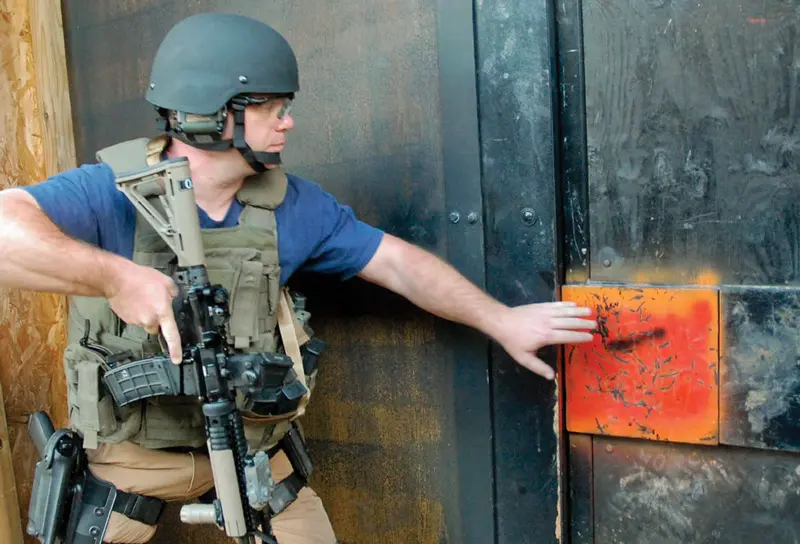
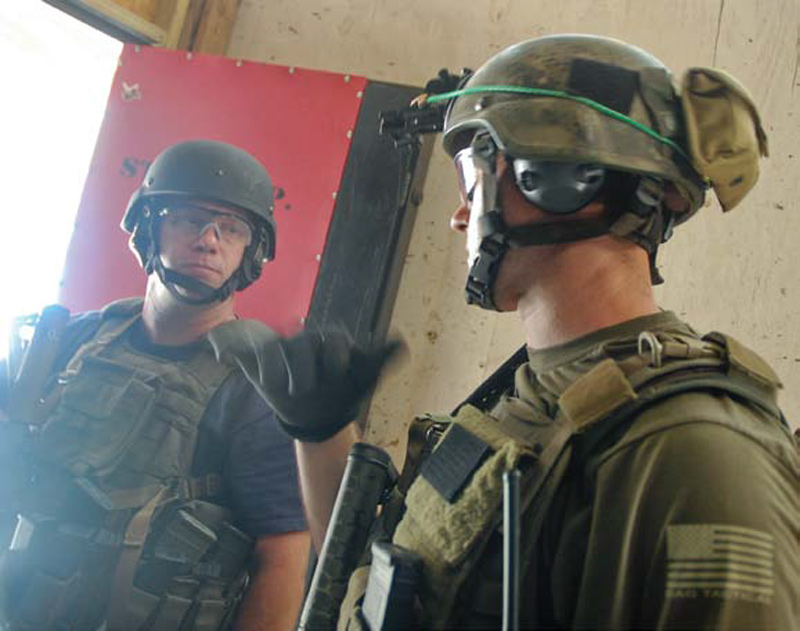
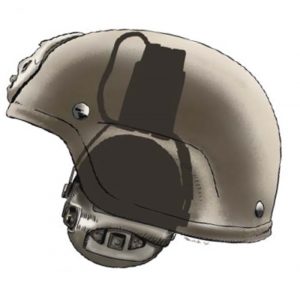
Table of Contents
POLICE PROCUREMENT
For cops, it’s a different world. There is no standardization for the purchase of anything in Cop World, and for cause. A town in North Nevereach, Wyoming or East Pitchatent, Idaho will not have the same population/crime issues as Los Angeles, and they may therefore decide to purchase equipment that is better or worse than another agency might use.
And so it is with helmets. Procurement may be initiated by someone who actually knows something about what they are looking at. Or it may be handled by a superior officer who has been a house mouse his entire career and is making a decision based on a shiny catalog or use by a foreign country whose inflated press reports of alleged military prowess do not match actual operations.
The net result here is a conglomeration of helmets whose usefulness may run from excellent to suck. And if you are not paying attention, you may wind up with a make-believe ballistic “type” helmet that resembles a real-deal helmet in appearance only.
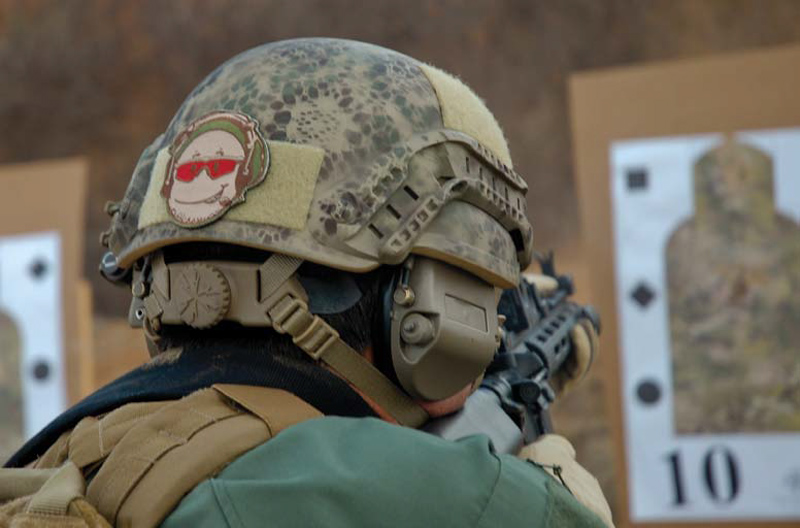
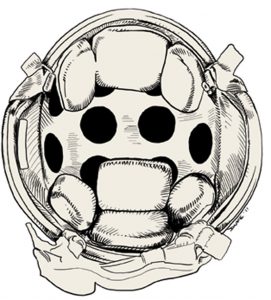
The ramifications of such stupidity should be apparent, but may escape police administrators concerned only with money.
A byproduct of the lack of standardization is the lack of knowledge that comes with the fit and adjustment of fit of the helmet. Proper fit may be hard for some to divine, but improper fit is much easier to understand.
First, watch any cable news network— they are all pretty much in bozoland anyway. Look for a segment on war, and watch the talking head as he breathlessly reads from his script. To enhance his street cred, he will be wearing body armor and a helmet—not so much for protection, but as combat jewelry.
As a result, he winds up looking like Oliver Hardy with the helmet way up on top of his head, or she with it tilted back on her head so that the plebs may gaze upon her flowing blonde tresses.
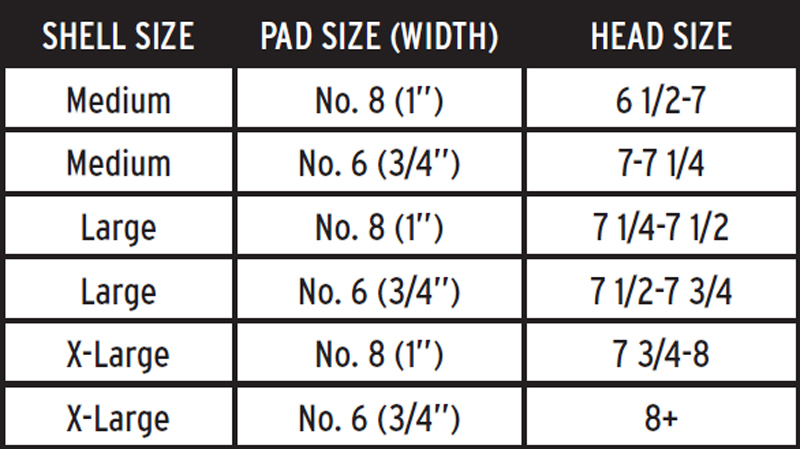
FIT OF ACH
The ACH comes with seven gel pads: a round crown pad, two trapezoidal pads for the front and rear, and four oblong pads for the sides.
The #6 pads are issued in one size only, 3/4” wide. The pads provide impact protection, and clearly the larger or more pads you wear, the more impact protection you will have. However, pads in size #4 (1/2”) and #8 (1”) are available from The Supply Captain.
The Operators Manual states that all seven pads must be worn for Airborne or rappelling operations, as well as training and combat. It permits the removal of two pads, not to include the crown pad, for non-training, non-combat operations. Some organizations do not follow this track.
Police operations are rarely as intense as military combat, though that may well change as the enemy sees more and more vulnerabilities in our system within CONUS.
If you are running comms or using active earpro, you need to be able to set up your helmet to easily integrate the comms/earpro. The first step is to acquire a helmet that fits. Most will select a helmet that is too small, which will cause problems later. If you are on the fence between a medium and a large, opt for the large. It will give you more space for your comms/earpro.
Lose the crown pad. It takes up a lot of space that we’ll need for comms. But understand that by removing the crown pad, you are exposing your head to direct contact with the helmet in the event of an impact from the top. It will be mitigated to an extent by the next step.
PAD ADJUSTMENTS
Take the four oblong pads and arrange them so that they are vertical (two in the front left and right, and two in the rear left and right). Keep the front two pads low, so that the lower part covers the chin strap attachments. Run the two rear oblong pads up higher, providing some stand off from the top of the helmet while still maintaining the comms channel.
A better solution is to use two additional oblong pads, which you might have lying around, in the crown of the helmet. If you do not have those additional pads, go to The Supply Captain and place an order for the Team Wendy ZAP™ Zorbium® Action Pad SOF Kit. This kit does away with the circular crown pad and has six oblong pads instead of the usual four.
If your helmet still doesn’t fit while wearing comms, consider this. That fabric headband around the top of your comms set may serve a comfort purpose when wearing your earpro without a helmet.
However, it just adds bulk to the unit when wearing the headband. That bulk will add to poor helmet fit. Get rid of the headband and the helmet will fit a lot better—and give you fewer headaches.
PROTECTED, WIDE AWAKE AND STYLIN’
Do not be afraid to move the pads around to better fit your brain housing group. Not all heads are symmetrical and you should not expect one helmet/ pad configuration to fit all hands … errr, heads.
The thicker the impact pads, the more protection will be afforded to your brain housing group. Start off with the right size helmet and learn to wear it properly.
Proper fit of the helmet increases protection, is less fatiguing, and does not make you look like a dork.

